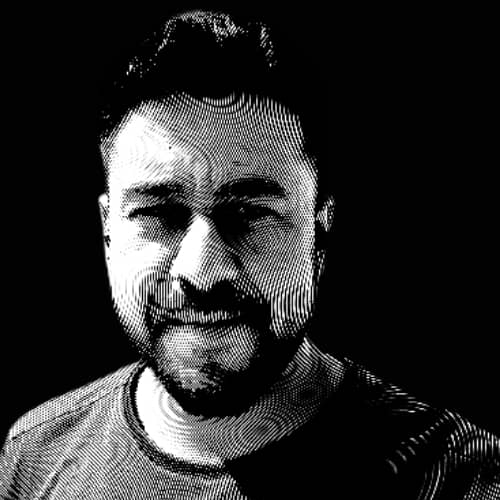On a recent flight from Almaty to Delhi, I noticed a significant number of elderly passengers accompanied by family members. Many appeared to be traveling for medical treatment, likely in Delhi or Gurgaon, where several hospitals specialize in elective and chronic care. This is not uncommon—India has become a preferred destination for medical tourism, particularly for patients from Central Asia, where treatment costs are higher or specialized care is less accessible. The affordability of high-quality healthcare, combined with the availability of English-speaking doctors, makes India a practical choice for those seeking procedures ranging from cardiac surgeries to orthopedic treatments.
Medical tourism in India extends beyond emergency care, covering elective procedures that may not be urgent but significantly improve quality of life. Many non-resident Indians (NRIs) also return for treatments not covered by insurance abroad, such as dental work, cosmetic surgery, or joint replacements. The cost difference is substantial—procedures in India can be a fraction of the price compared to Western countries, even after accounting for travel and accommodation. Hospitals in cities like Delhi, Mumbai, and Bangalore cater specifically to international patients, offering packages that include visas, airport transfers, and post-operative recovery stays.
For patients from Kazakhstan, the proximity and direct flight connectivity make India a convenient option. The medical visa process is straightforward, and many hospitals have dedicated international patient desks to assist with paperwork. The cultural familiarity, especially for those from former Soviet states where English is not widely spoken, also plays a role—Russian-speaking staff and interpreters are often available in major hospitals. Additionally, the reputation of Indian doctors, many of whom train or practice abroad, adds to the confidence patients have in seeking treatment here.
The trend of medical tourism is likely to grow as healthcare costs rise globally and India continues to invest in medical infrastructure. While the primary motivation remains cost savings, the quality of care and shorter waiting times for surgeries also contribute to the decision. For patients from Kazakhstan and other Central Asian countries, India offers a balance of affordability, expertise, and accessibility that is hard to match elsewhere.
